There’s more than a morsel to enjoy in beautiful Biella, as Hannah Bellis discovers as she samples the nature, history and flavours of this spectacular province
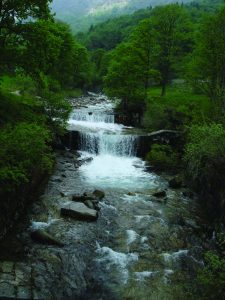
I’m sure every traveller puts on a few pounds during a trip to Italy, such is the delicious array of cheese, wines and local specialities that are on offer in every region. But, hard as it may be to believe of such a big player in Italy’s Slow Food movement, there are enough active pursuits to enjoy in Biella to burn off the calories of even the most devoted foodie – as well as magical medieval villages, hidden valleys, holy places and nature parks to occupy long, lazy days exploring in the Italian sunshine.
Natural treasures
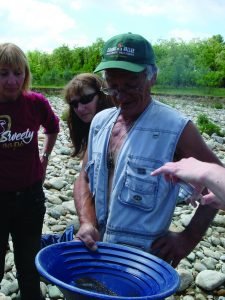
It’s just my luck that I arrive to drizzle, but even that can’t spoil the spectacular beauty of the Parco Burcina. In fact, the rain makes it look even more luscious. In the 1800s, we Brits were celebrating Italian gardens, with wealthy estates attempting to recreate the vistas of Tuscany in the English countryside. For Giovanni Piacenza the reverse was true, as he created his English garden in Burcina Park, famed for its rich rhododendrons.
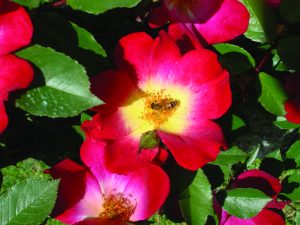
The province has a tradition of wool production, and this industrialist built the park so that his workers would have somewhere nice to spend their days off and would improve their health by walks in the clean air. You can see a statue of him in the park today, and his great-grandson, Guido is still president of the park body. As well as the famous rhododendrons there are floral fiestas of hydrangeas, azaleas, camellias and irises to add colour in spring, and the trees’ autumn display is reputed to be spectacular, so there is much to enjoy whenever you visit. The park boasts a bald Cyprus with strange aerial roots called pneumatophores and an unusual ‘handkerchief’ tree (Davidia involucrata), which you’ll see covering the ground below it with what looks like toilet roll if you visit in March – a botanical wonder I could only imagine as I strolled past the picturesque lakes and beautiful rhododendron valleys.
Bad weather is also good news for a visit to Bessa nature reserve. Piled river stones give this natural park the look of a lunar landscape, but unlike the moon, it’s home to many a mosquito, so visit early in the season, or else come prepared with plenty of repellent! The abundance of round river stones, some piled up to 20 metres high, is due to Roman gold mining that took place in the second century BC. The gold was introduced via washing channels into the River Elva, and you can still find gold there to this day. This is a magical, strange place with many associated local legends, including a population of fairies with webbed feet, and a golden horse hidden beneath one of the piles of rocks – people have shifted tons of stone trying to find it. You can tour the entire park on bikes, or follow one of the four signed walks to see the best the park has to offer. They are suitable for all levels of fitness – visit the visitor centre in Vermogno to find the one best suited for your trip.
Historical wonders
If Bessa has given you a taste for the historical, there’s plenty to enjoy in nearby Candelo, where you’ll also see some of river stones from the moonscape. This is still off the tourist trail, but it’s being discovered fast, so visit now! The special thing about this sleepy little town is its unspoilt ricetto, which roughly translated means a kind of castle. Traditionally castles were built by one wealthy landowning family, so this is where this translation falls apart – Ricetto di Candelo was built by a whole collection of townspeople. Back in the 14th century, this small hamlet was right on the route for troops passing from France to Milan.
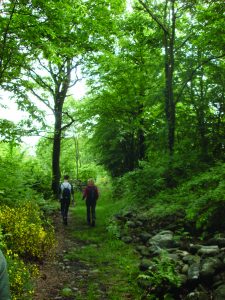
The poor shepherds and farmers of Candelo got fed up with the soldiers stealing their food and cattle, they resolved to do something about it. They secured a large patch of land, and each built a house on it, back to back so that the houses formed an enclosed wall structure encircling the entire ricetto. In peaceful times, these houses were used to store wine and grain, and the villagers continued to live in their normal dwellings outside the walls. But during wars when their produce was under threat they would retreat within the ricetto and close the doors so they were kept secure inside. The ricetto wasn’t used during peaceful times, so has no communal spaces and is very cramped, which must have made conditions hard when the entire village was shuttered up inside. Wine and livestock occupied the lower floors, while the upper floors served as grain and fruit storage, and a living space for the inhabitants. There was no sewerage or toilets, so that – coupled with the close living quarters and the livestock – would have made for some interesting smells!
It is all still there, open for the public to see, which seems almost unbelievable. Apart from a couple of artists’ studios and restaurants, it is deserted within the walls, and walking through the archway you do feel a little as if you are stepping back in time. Have a look at the walls of the building – they are built from whatever materials the villagers could find, commonly the round river stones. The houses are mostly still privately owned, and nobody is allowed to live within the walls, though there are plans to open a few rooms for tourists to visit so they can experience the strange atmosphere of the ricetto. The place only really seems to come to life during the local festivals, including the wine festival in October and the medieval festival at the end of May. If you meet a local, ask them if they have a house there, as the chances are that they will be delighted to show you the inside.
Heavenly locations
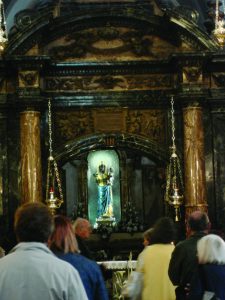
There are some very special holy sites in Biella and its provinces; the pilgrims’ route between Canterbury and Rome passes through the region at Roppolo and takes in some fantastic countryside and spectacular basilicas. However, nothing can compare to the Oropa Sanctuary, situated in the Italian Alps 12 kilometres outside the town of Biella. Visiting the site early on a cloudy Sunday, it felt like I was visiting a palace in the clouds. Home of the Black Madonna, supposedly carried from Jerusalem by Saint Luca in the fourth century AD, it has grown over the centuries to boast two massive basilicas and many cloisters.
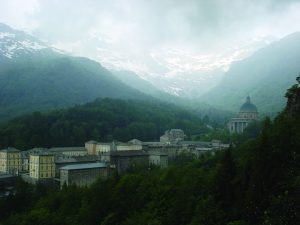
The Sacre Monto mountain has 12 chapels, each one containing life-sized statues representing the life of the Virgin, which makes for a lovely trek, and there are numerous walks marked out in the surrounding area that are suitable for all abilities and which feature fantastic views and natural scenery. Check out the exhibitions here as well – I thoroughly enjoyed all the artworks created by various people, which represent the Madonna saving them from tragedy. Not all are by talented artists, but – perhaps more movingly – from very thankful patrons.
Local flavours
The region of Piedmont as a whole is renowned for embracing the Slow Food movement with real gusto. And the proud Piedmontese town of Biella is certainly no exception to the rule, wholeheartedly helping to reinforce the region’s gourmet reputation. I was excited about sampling some of the local dishes during my stay, and I wasn’t disappointed. As one might expect, the food here is spectacular – and so is the wine. Don’t leave without drinking some of the Bramaterra red – heaven in a glass, especially when accompanied by a big wedge of Toma, the most famous local cheese, which is wonderfully creamy. I also loved panissa – a special risotto of the region that is made with fatty sausage and red wine.
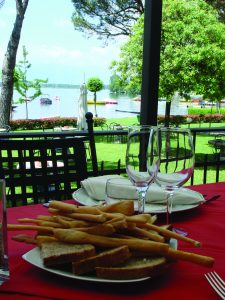
I don’t think you can really fully know a region until you have tried its polenta, and Biella serves up the thick and creamy soup-like ‘polenta cunscia’, enriched with a lot of cheese – heavy, but perfect after a long hike in the rain! Biella’s puddings are pretty spot-on too, packed full of cream and chestnuts, reflective of the natural traditions of the area, which is rich in picturesque chestnut groves. Look out for bonet too – a lovely mix of amaretto, cream, chestnut and chocolate, though you’d have to embark on a pretty lengthy trek to work this one off!
I ate a lot of very good food while I was in Biella, but found there are so many different outdoor pursuits to enjoy in this quiet corner of Italy that I didn’t gain a single pound. From hiking and cycling to taking in the area on horseback, I was spoilt for activities to keep me on the move. Now I just wonder how I am going to manage to keep that balance with all the fantastic charcuterie and Toma I have bought back home with me.
